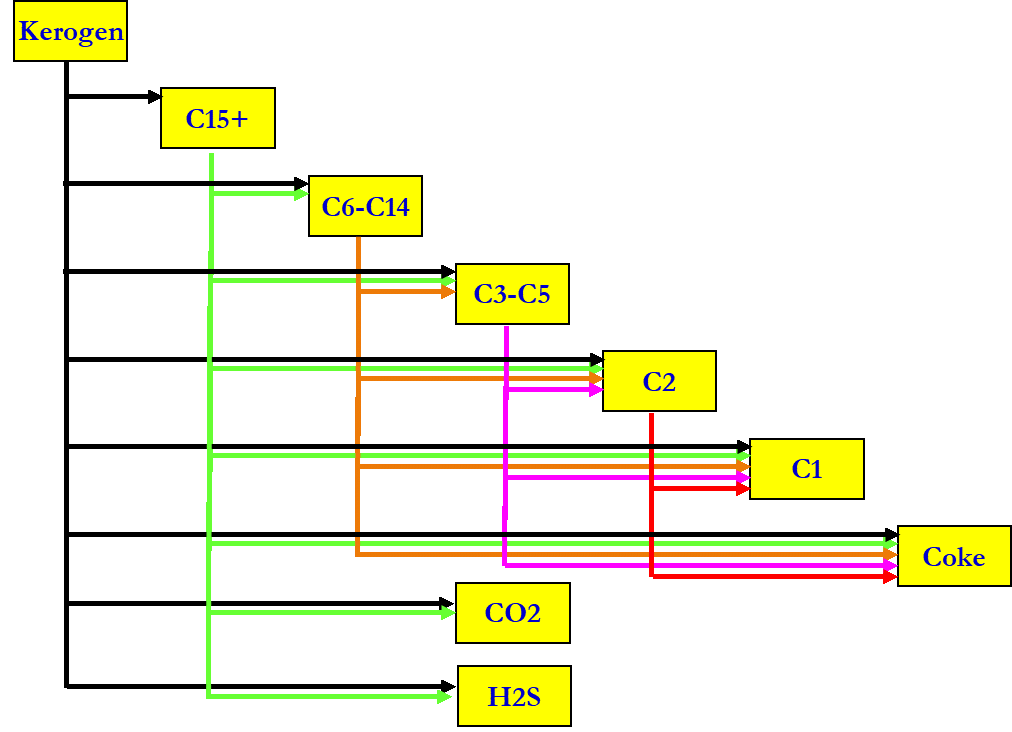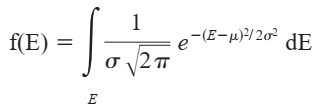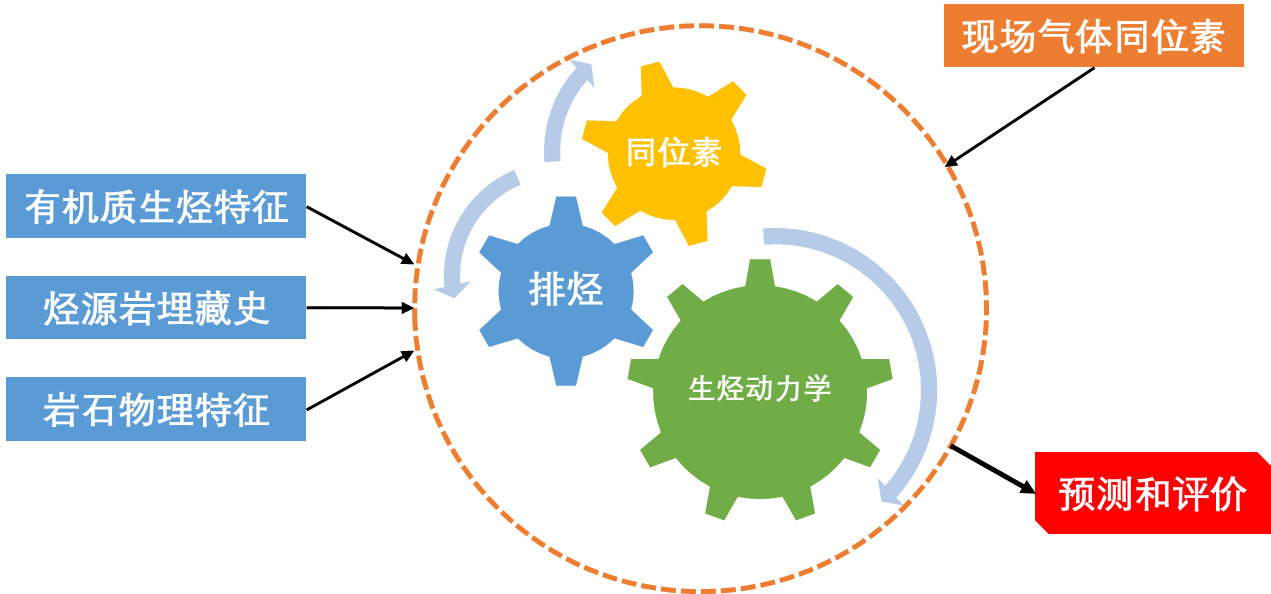-
- geological prospecting
Carbon isotope analyzer
CO2 high-precision concentration and isotope analyzer
IsoBox software
Hermetic pyrogenic hydrocarbons system
Hermetic pyrogenic hydrocarbons analyzer
Argon ion polishing instrument
Portable XRD Analyzer
Helium rapid logging analyzer
Isothermal high pressure adsorption instrument
High-pressure helium porosity and permeability instrument
High precision thermal demagnetizing furnace / TD-PGL-100
-
-
-
-
Tel
Tang Wenhao 14757974331 / 0512-68786805
Zhao Hongxia (Sales Director) 18662204939 -
WeChat

Top
The gold tube hydrocarbon generation simulation is the most commonly used experimental system in the simulation of oil and gas generation from closed systems, hydrocarbon generation kinetics, and carbon isotope kinetics research. Utilizing the chemical reaction inertness and plasticity of gold, a closed gold tube is used as a container for the sample to undergo thermal cracking reaction to generate hydrocarbons. According to the reaction temperature setting, the sample is encapsulated in a number of gold tubes, each gold tube is placed in an autoclave, and all the autoclaves are placed in the same heating furnace to raise the temperature, and the hydrocarbon reaction is terminated by removing the autoclaves one by one at the set temperature. The hydrocarbons generated in the golden tubes are released in a closed vacuum cavity, where the gas component composition and isotopic composition are analyzed first, and then liquid nitrogen is enriched to quantify the liquid components.

After the hydrocarbon product analysis is completed, a detailed hydrocarbon reaction network for organic matter is established as shown in the figure. Each component is both generated and cracked, and each reaction corresponds to a set of hydrocarbon kinetic parameters (activation energy distribution and prefactor), and each reaction follows the law of mass conservation (chemically calculated coefficients).
The overall reaction network is very complex, containing many independent reactions and hundreds of reaction parameters. A stepwise optimization scheme is used to fit the product generation data, gradually reducing the number of parameters to be optimized until the fitting conditions are met and all reaction parameters are determined.

The carbon isotope kinetic parameters were calculated with reference to the kinetic model proposed by Tang et al. (GCA, 2000), and the following isotope fractionation kinetic model was used for fitting the isotope parameters of methane, ethane, and propane:

Hydrocarbon kinetic calculations After determining the kinetic parameters for methane, ethane and propane, the relationship between the isotopic fractionation parameter ΔE and the activation energy before was established, and ΔE was modeled using the Sigmoid model:

where βL and βH are the minimum and maximum values of ΔE, and f(E) follows a Gaussian distribution:

The optimal solution for the isotope parameters is determined by iteratively fitting the product isotope values, and this computational process is performed simultaneously with the process of fitting the kinetic parameters of product generation.
The practical application of the results of the gold pipe hydrocarbon simulation experiments needs to take into account the stratigraphic burial history, thermal history, rock properties and casein properties, combined with the hydrocarbon kinetic parameters and carbon isotope kinetic parameters (from the fitting calculation of the experimental data), using ISOBOX® software to simulate the behavior of the organic hydrocarbon production in the geologic process, the effect of carbon isotope fractionation of alkane gas, and combining with oil and gas compositions of the geologic samples and carbon isotope composition Combined with the oil and gas composition and carbon isotope composition of the geological samples, the study will further investigate the evolution of organic hydrocarbon production and hydrocarbon drainage and transportation under geological conditions, and provide important causal explanations and predictions of oil and gas resources for oil and gas exploration and development.




